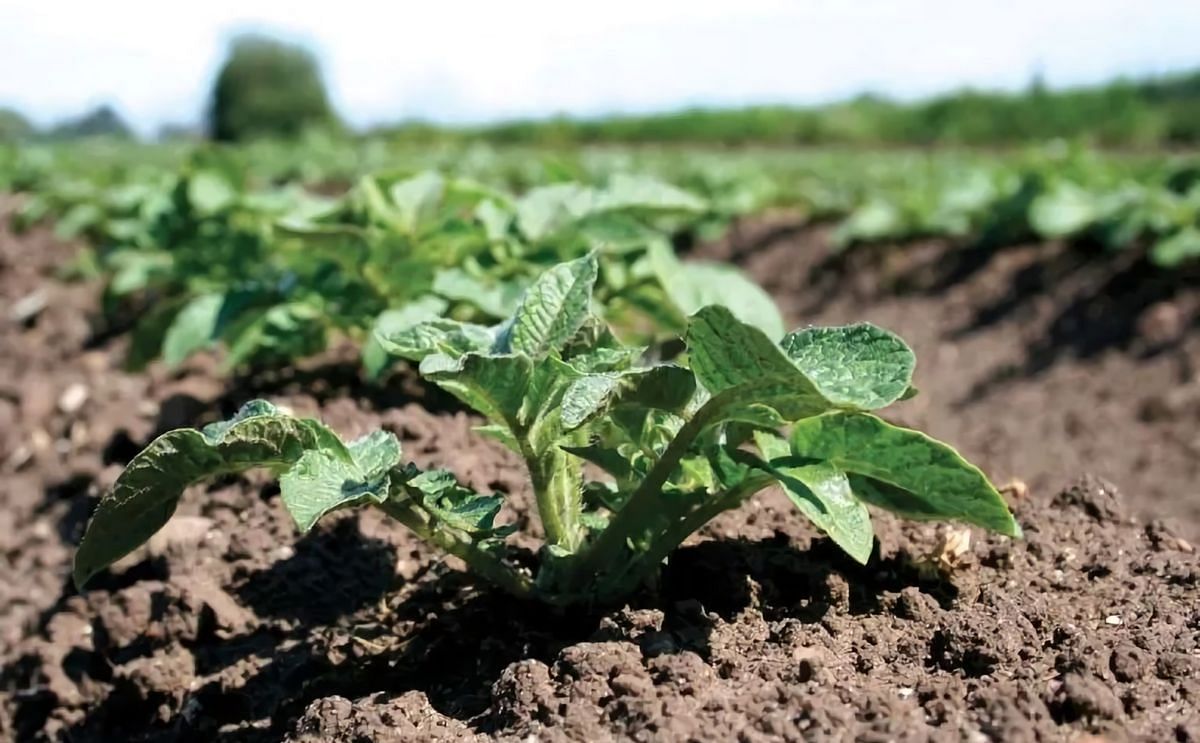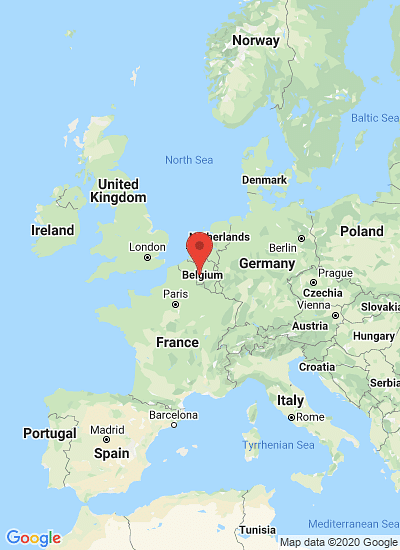NEPG’s potato acreage is increasing by between 2% and 3%, but many questions remain about future production!
Potato acreage in North-western Europe up 2 to 3 percent. Questions about total production remain

The North-western European Potato Growers (NEPG) have provided a preliminary estimate for the area of ware potatoes in the EU-4. They expect the area to increase by 2 to 3%. This is slightly higher than the highest area to date in 2020, when potatoes were grown on 522.000 hectare in The Netherlands, Belgium France and Germany (EU-4). However, the difficult growing conditions early in the season raise many questions for 2023 production despite a strong demand for processed potato products.
Concerns about seed availability next spring
As expected in March, the starch and seed area in the NEPG area is decreasing by more than 15.000 ha. On most of these hectares processing potatoes are now grown. In some rare cases, a few hectares of the table market have also been redirected towards these markets.
Seed area is down by around 2.500 ha both in the Netherlands and France where statistics were released last week.
It is expected that seed area will also go down in Germany, Belgium, Denmark and Scotland. Should we lose 10.000 ha of seed this year in Northwestern Europe, that could mean a decrease of 100.000 ha of ware potatoes in 2024.
Delayed planting and potential consequences for 2023 production
Due to rain, planting activities were delayed in all Western European countries this spring. The main crops were planted from mid-April to early June with a peak in the second half of May. The current situation suggests a persistent lack of enough rainfall requiring irrigation where possible.
Combined with the delayed planting, factors related to the seed, soil preparation and/or climatic conditions have had an impact on potato emergence and development. Flowering and/or (lower) tuberization mostly occurred earlier than normal.
How big will the impact be on the quantity and quality of 2023 production? It’s still too early to tell in spite of the fact that many growers are worried about what they see in their ridges!
Global demand for processed potato products remains strong
In this context, demand for free buy potatoes continues in all Western European countries. Processors want to get the industrial raw material they need for the foreseeable end of the season. It seems that some processors were willing to accept almost any price for the last batches of the old crop without contract.
The truth is also that the supply of non-contractual processing material dried up end of June, beginning of July! The above aspects suggest that (some) processors are considering extending planned holidays and maintenance before switching to the new harvest. But there are exceptions with factories which are not stopping!
Indeed, the first crops from Rhineland, Lower Saxony and Palatinate are not expected before week 29, while Belgian crops (West Flanders) with sufficient size and dry matter content will probably not arrive until late July - early August (weeks 30 or 31).
Concerns about seed availability next spring
As expected in March, the starch and seed area in the NEPG area is decreasing by more than 15.000 ha. On most of these hectares processing potatoes are now grown. In some rare cases, a few hectares of the table market have also been redirected towards these markets.
Seed area is down by around 2.500 ha both in the Netherlands and France where statistics were released last week.
It is expected that seed area will also go down in Germany, Belgium, Denmark and Scotland. Should we lose 10.000 ha of seed this year in Northwestern Europe, that could mean a decrease of 100.000 ha of ware potatoes in 2024.
Delayed planting and potential consequences for 2023 production
Due to rain, planting activities were delayed in all Western European countries this spring. The main crops were planted from mid-April to early June with a peak in the second half of May. The current situation suggests a persistent lack of enough rainfall requiring irrigation where possible.
Combined with the delayed planting, factors related to the seed, soil preparation and/or climatic conditions have had an impact on potato emergence and development. Flowering and/or (lower) tuberization mostly occurred earlier than normal.
How big will the impact be on the quantity and quality of 2023 production? It’s still too early to tell in spite of the fact that many growers are worried about what they see in their ridges!
Global demand for processed potato products remains strong
In this context, demand for free buy potatoes continues in all Western European countries. Processors want to get the industrial raw material they need for the foreseeable end of the season. It seems that some processors were willing to accept almost any price for the last batches of the old crop without contract.
The truth is also that the supply of non-contractual processing material dried up end of June, beginning of July! The above aspects suggest that (some) processors are considering extending planned holidays and maintenance before switching to the new harvest. But there are exceptions with factories which are not stopping!
Indeed, the first crops from Rhineland, Lower Saxony and Palatinate are not expected before week 29, while Belgian crops (West Flanders) with sufficient size and dry matter content will probably not arrive until late July - early August (weeks 30 or 31).
¿Te gustaría recibir noticias como esta por correo electrónico? ¡Únete y suscríbete!
Únete a nuestra Telegrama ¡Canal para actualizaciones periódicas!
Empresa Destacada
Contenido Patrocinado
Contenido Patrocinado
Contenido Patrocinado
Contenido Patrocinado
Contenido Patrocinado















